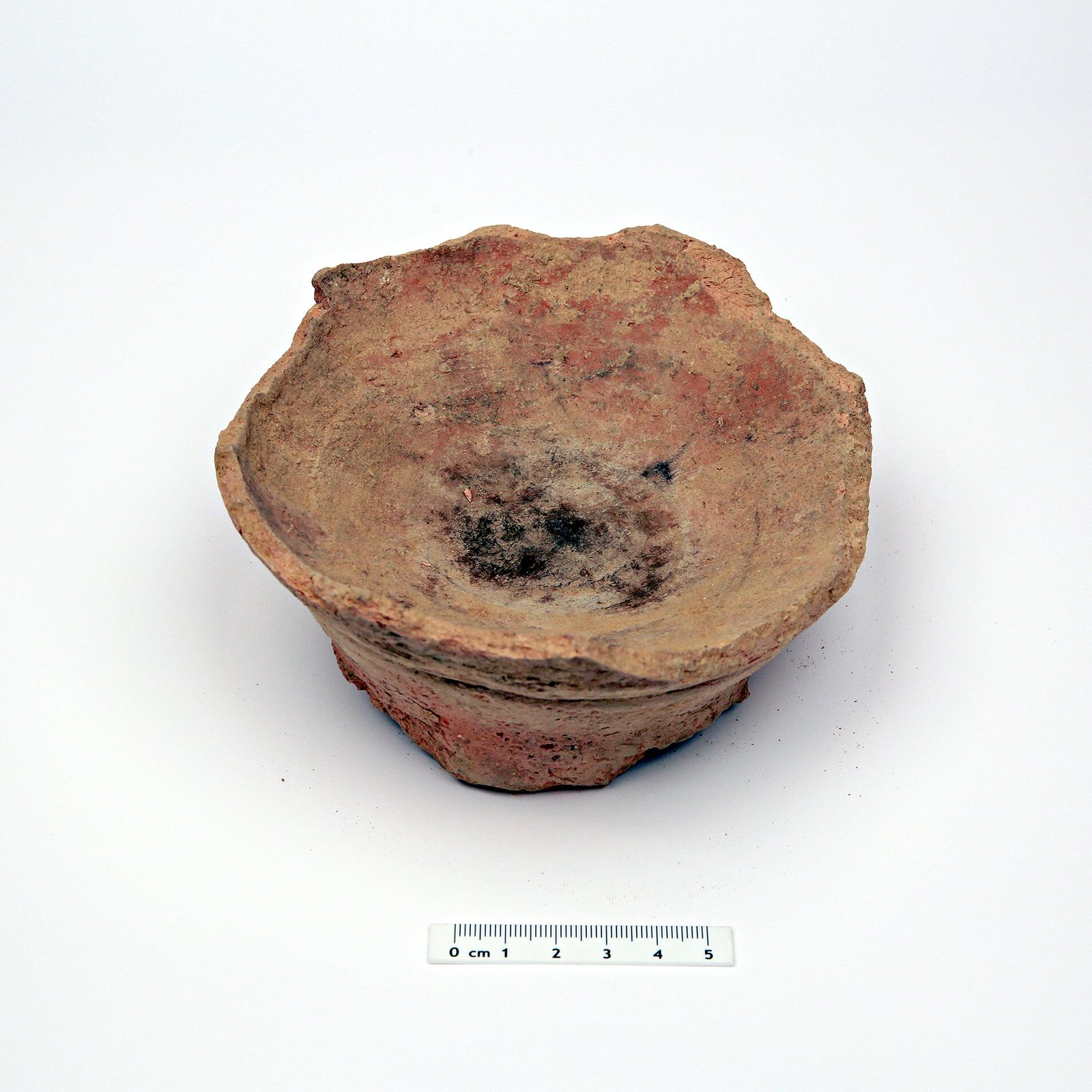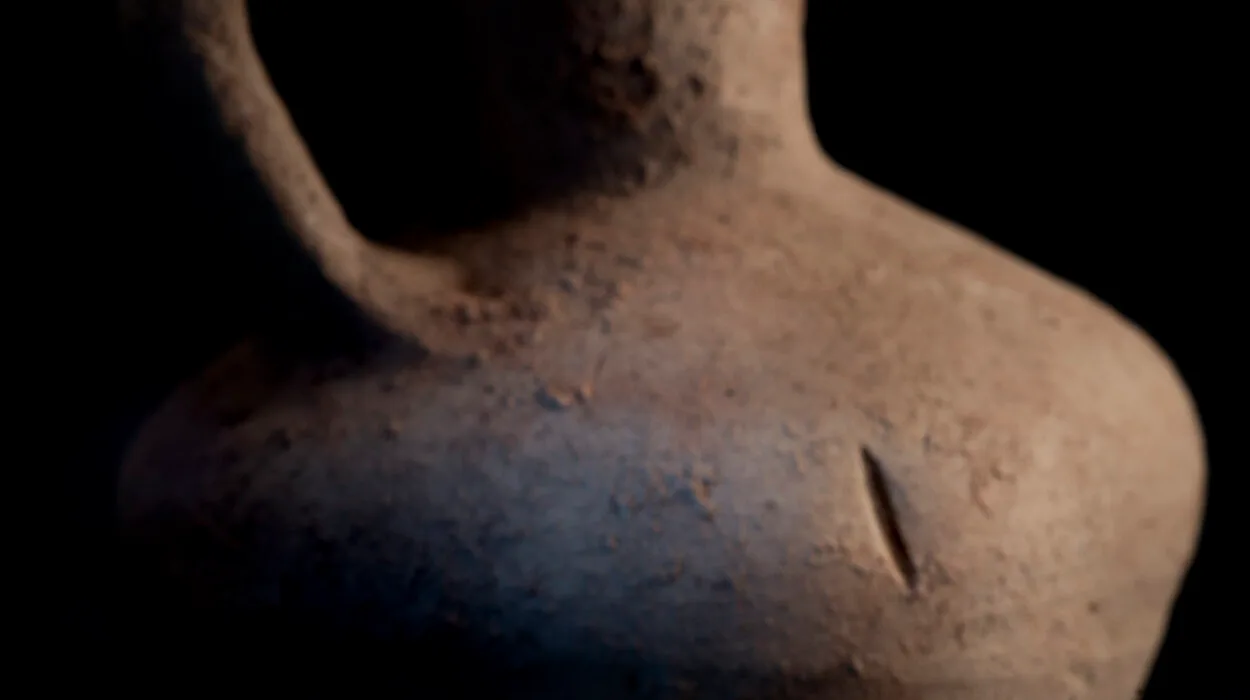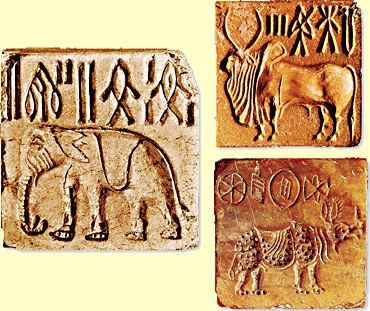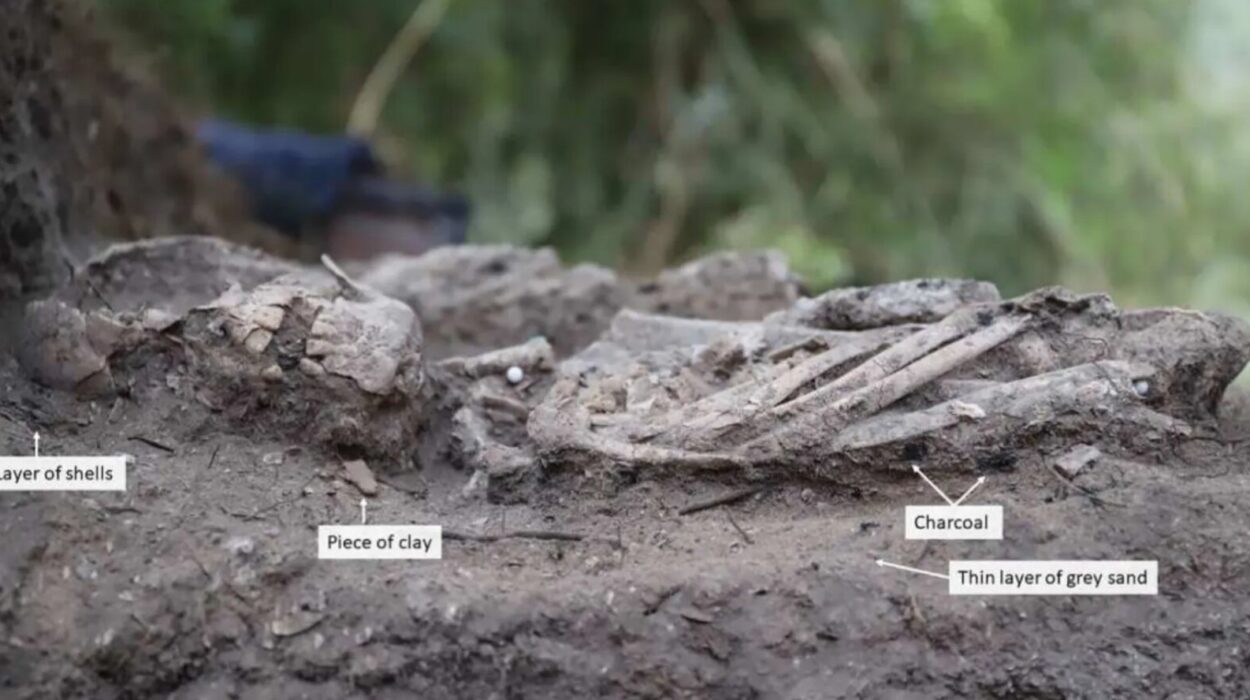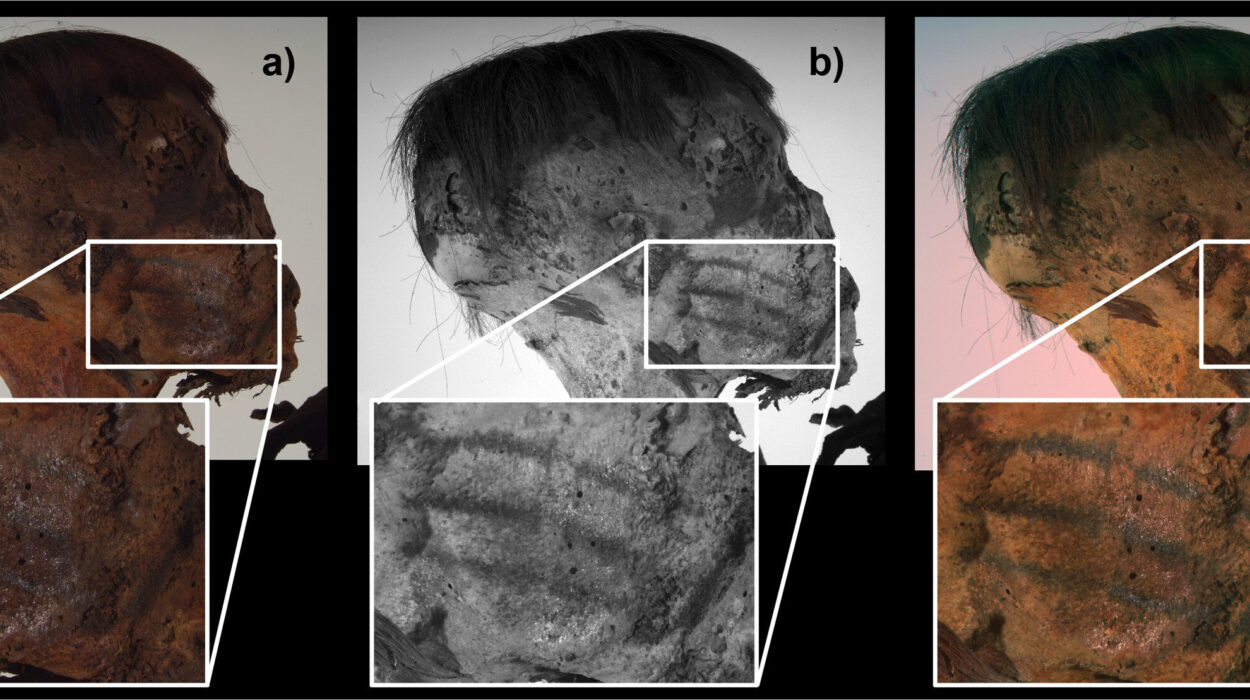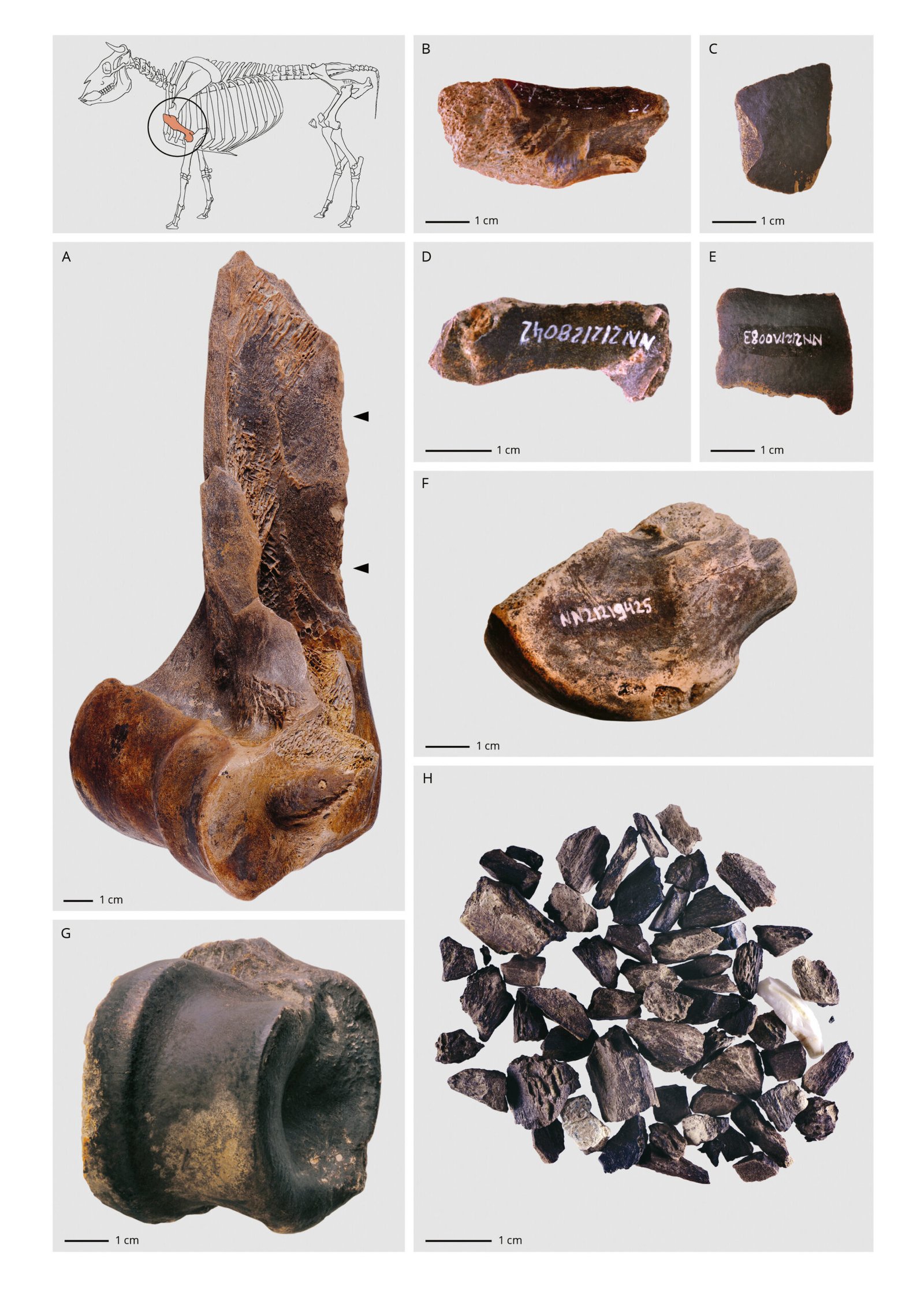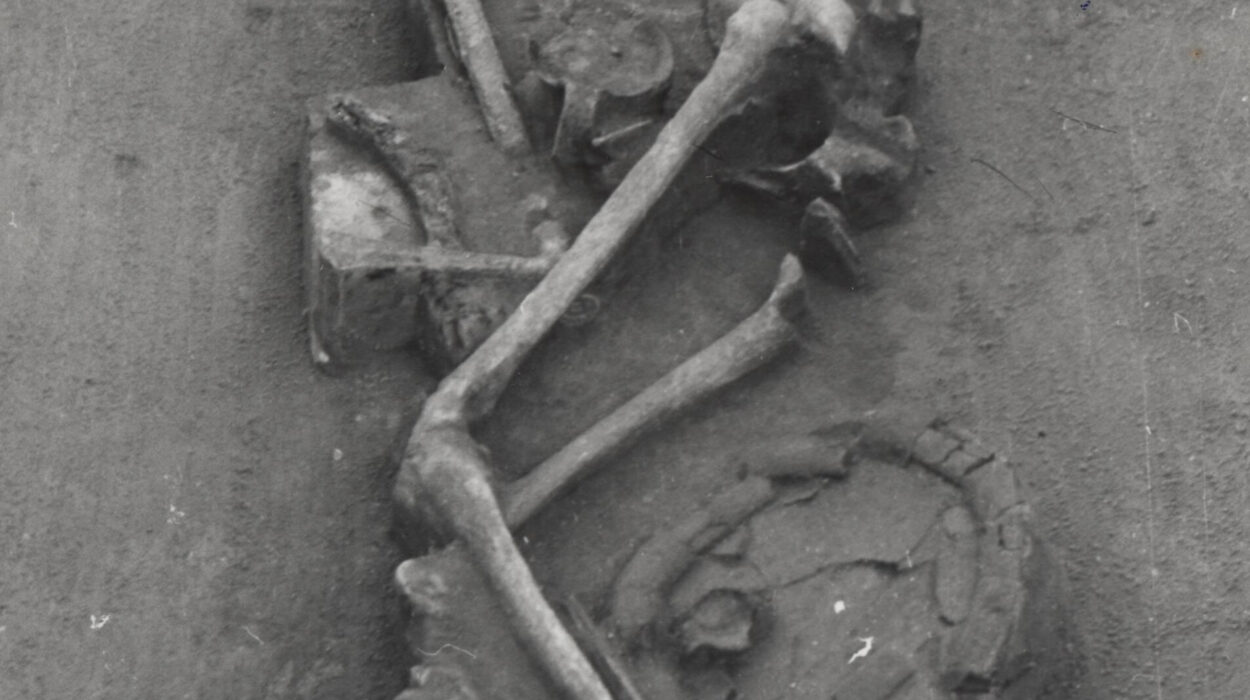Deep in the heart of northwestern Saudi Arabia, in a sun-scorched oasis where the ancient and the arid merge, archaeologists have uncovered a whisper from the past—a silent plume of smoke curling through time. This smoke once carried with it not just fragrance, but pharmacological power and spiritual purpose. A groundbreaking study published in Communications Biology has now revealed that nearly 2,700 years ago, the people of Iron Age Arabia were burning the psychoactive and medicinal plant Peganum harmala, commonly known as Syrian rue or harmal, as part of their fumigation practices.
Led by Dr. Barbara Huber of the Max Planck Institute of Geoanthropology and Professor Marta Luciani of the University of Vienna, in collaboration with the Heritage Commission of the Saudi Ministry of Culture, the research team deployed cutting-edge biomolecular techniques to uncover what may be the earliest known global evidence of Syrian rue being used in this way. The findings not only rewrite botanical and medical history but also bring to life the nuanced sensory and therapeutic worlds of ancient Arabian communities—worlds where plants were more than sustenance or scenery. They were chemistry, spirituality, and healing intertwined.
Fired Vessels, Preserved Secrets
The key to this discovery lay in ceramic fumigation vessels unearthed at Qurayyah, an Iron Age oasis settlement long recognized for its distinctively painted pottery, referred to by archaeologists as Qurayyah Painted Ware. But these vessels held more than artistic value—they preserved molecular traces of an ancient pharmacopoeia.
“Our findings represent chemical evidence for the earliest known burning of harmal, not just in Arabia, but globally,” says Dr. Barbara Huber, the study’s lead author. “This shows that people living in the Arabian Peninsula nearly 2,700 years ago were not only knowledgeable about native plants but were deliberately using them for their bioactive and psychoactive properties.”
The implications are profound: long before modern medicine, long before global trade routes brought exotic herbs and drugs across continents, local communities were already experimenting with and ritualizing the plants growing around them. The oasis, with its unique ecological microclimate, likely served as both a natural pharmacy and a laboratory for spiritual exploration.
The Invisible Becomes Visible: Unraveling Ancient Smoke
Identifying ancient plant use—especially in forms as ephemeral as smoke—is a feat akin to resurrecting ghosts. Traditional archaeological methods often miss the intangible: smells, rituals, experiences. But the Qurayyah study broke this boundary.
The team employed high-performance liquid chromatography-tandem mass spectrometry (HPLC-MS/MS)—a mouthful of a method, but one that unlocks minuscule, time-worn chemical signatures buried in soil or absorbed into ceramic walls. In this case, it enabled researchers to detect traces of harmala alkaloids, the active compounds in Peganum harmala responsible for its psychoactive and therapeutic effects.
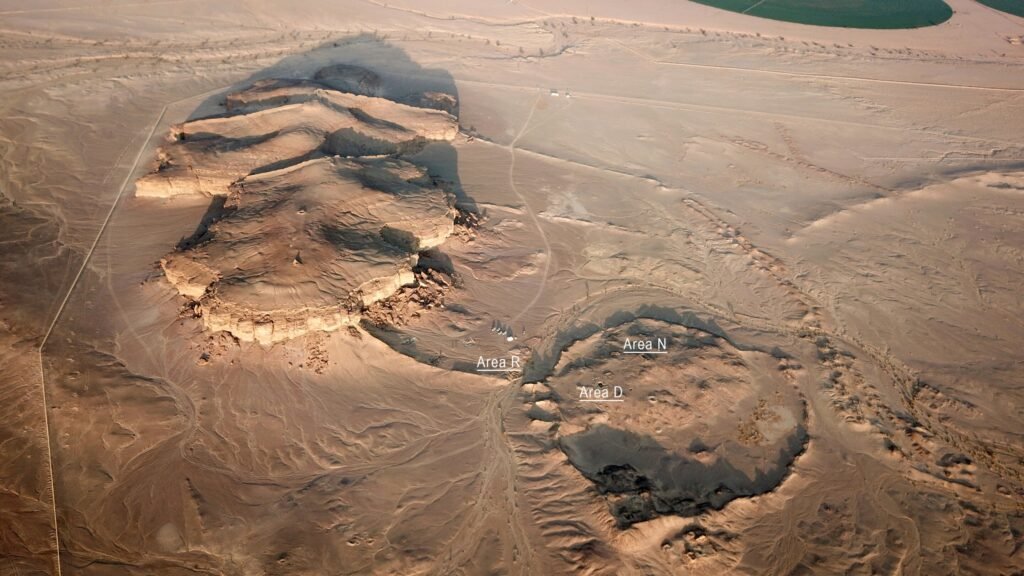
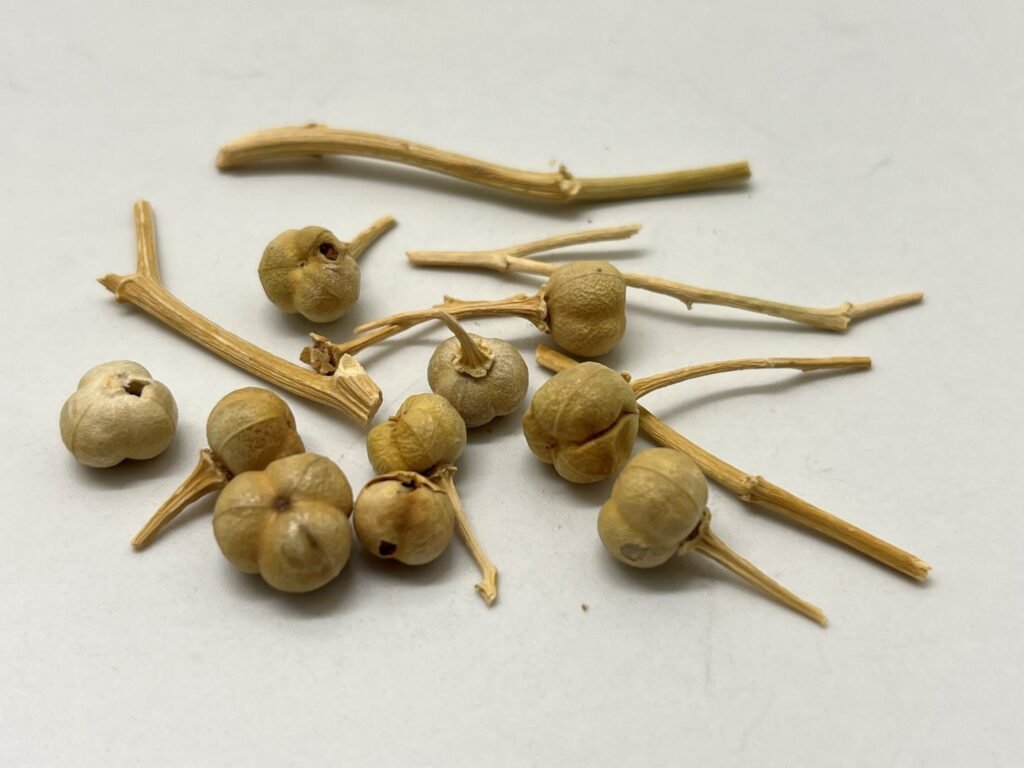
This analysis bridged the sensory with the scientific. These were not merely burnt plants for fragrance or fumigation in the hygienic sense—they were part of a complex cultural practice that blurred the lines between healing, purification, and mind-altering ritual.
“We’re gaining access to plant-based practices that were central to daily life but are rarely preserved in the archaeological record,” says Prof. Marta Luciani, archaeologist and excavation director at Qurayyah. “We’re now able to reconstruct how people engaged with the botanical world not just practically, but emotionally and spiritually.”
Peganum harmala: The Multifaceted Plant of the Desert
Syrian rue is no ordinary shrub. Native to arid regions of the Middle East, Central Asia, and North Africa, it has been revered for millennia for its powerful pharmacological profile. Traditionally, it’s been used to treat pain, infections, and mood disorders, and to ward off the evil eye in folk rituals. When burned, the plant emits a pungent, earthy aroma—one still found today in homes across the Middle East, used to cleanse spaces or calm nerves.
What gives Peganum harmala its medicinal and psychoactive punch are beta-carboline alkaloids like harmine and harmaline, compounds known to inhibit monoamine oxidase (MAO). These alkaloids are psychoactive in high doses and are key ingredients in ayahuasca brews used by Amazonian shamans, underscoring a global pattern of human fascination with visionary plants.
The Qurayyah findings show that Arabian communities had tapped into this plant knowledge centuries before written documentation. This wasn’t incidental use—it was informed, intentional, and embedded in the rhythm of life and death, healing and ritual.
Medicinal Rituals and Psychoactive Realms in Iron Age Arabia
To imagine the context of this practice is to enter a world of both bodily vulnerability and spiritual complexity. In the Iron Age, survival was a daily endeavor. Illness, infection, and injury were constant threats. Medical knowledge was largely experiential and plant-based, handed down orally through generations.
But treatment wasn’t just about the physical body. Health in ancient Arabia was also spiritual. Spaces needed purification. The evil eye, misfortune, or spiritual imbalance could harm a person as surely as bacteria (a concept unknown at the time). Here, Peganum harmala played dual roles—as medicine and mediator. When burnt, its smoke cleansed not only wounds or air but also energies.
“Our discovery sheds light on how ancient communities drew on traditional plant knowledge and their local pharmacopeia to care for their health, purify spaces, and potentially trigger psychoactive effects,” Huber explains. This combination of sensory experience, spirituality, and therapeutic purpose represents a holistic worldview—one where healing and ritual were not separate domains, but part of a seamless lived experience.
Preserving the Intangible: Cultural Heritage in Continuity
Strikingly, the use of Syrian rue in fumigation is not just an ancient memory—it is a living tradition in many parts of the Middle East today. Across Saudi Arabia, Jordan, Iran, and beyond, it is still burned in homes to cleanse environments, bring peace, and repel negativity.
“This discovery shows the deep historical roots of traditional healing and fumigation practices in Arabia,” says Ahmed M. Abualhassan, co-director of the Qurayyah project and member of the Saudi Heritage Commission. “We’re preserving not only objects, but the intangible cultural heritage of ancient knowledge that still holds relevance in local communities today.”
Such continuity between past and present highlights the value of archaeobotany and bioarchaeology—fields that connect molecular traces to social memory, showing how knowledge can persist in form and function even across thousands of years.
Bridging Disciplines, Expanding Frontiers
The Qurayyah study is more than a singular archaeological find—it’s a model for how interdisciplinary science can decode human history. It connects ethnobotany with medical anthropology, archaeology with pharmacognosy, chemistry with cultural heritage.
By bringing together ancient residue analysis, field excavation, and contemporary ethnographic understanding, the study opens new vistas for how we understand the relationship between people and plants. It challenges the notion that early medicine was crude or uninformed, showing instead that ancient societies held sophisticated knowledge of pharmacodynamics, environmental context, and spiritual health.
In doing so, it makes a case for respecting and investigating indigenous and traditional knowledge systems—not just for their cultural value, but for their potential insights into medicine, ecology, and sustainability today.
A Smoke Signal Across Millennia
The smoke that once rose from a fumigation vessel in Qurayyah is gone. But its molecular echoes have been captured and translated. What once drifted invisibly through Iron Age air is now a signal reaching across millennia, telling a story of ingenuity, healing, and sensory sophistication.
This isn’t just about one plant or one archaeological site. It’s about a broader realization that ancient people weren’t passive in the face of their environment—they were experimenters, observers, and ritualists. They understood that the natural world held powers that could heal bodies, protect homes, and elevate minds. And they created the tools—both material and conceptual—to access those powers.
As the fields of science and heritage continue to collaborate, more of these invisible histories will emerge, revealing not only what ancient people did, but how they felt, believed, and sensed their way through a world still half-shrouded in mystery.
In the end, the story of Peganum harmala at Qurayyah is more than a tale of chemistry and carbon dating. It is a profound reminder that even in antiquity, the line between medicine and magic, healing and holiness, was drawn in smoke.
Reference: Metabolic profiling reveals first evidence of fumigating drug plant Peganum harmala in Iron Age Arabia, Communications Biology (2025). DOI: 10.1038/s42003-025-08096-7
